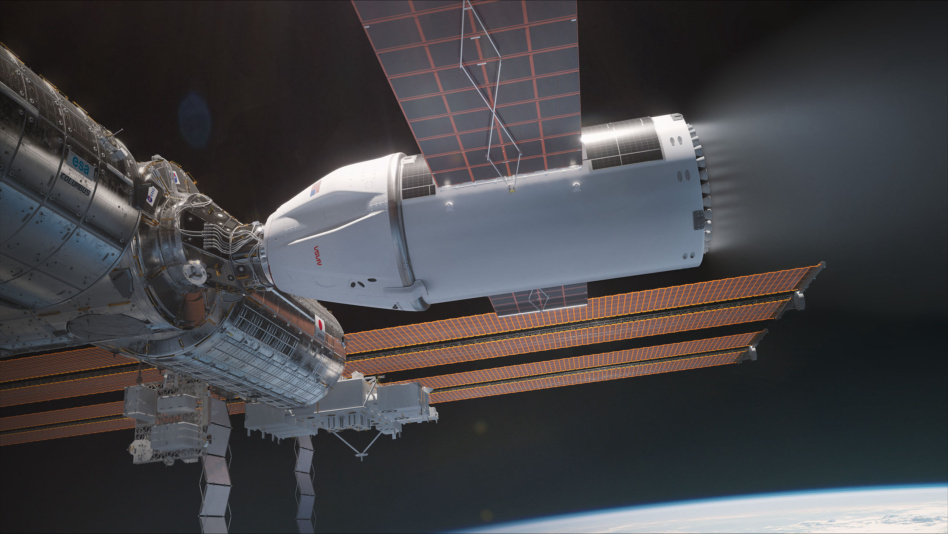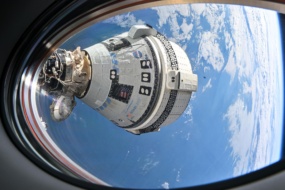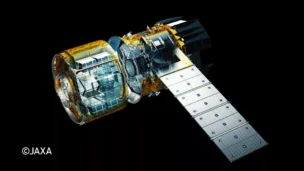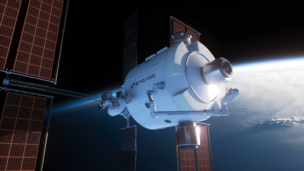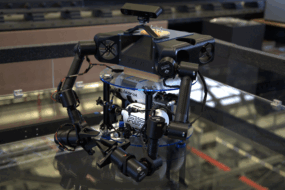NASA put out an $834M hit on the ISS, and SpaceX won the contract. Yesterday, NASA and SpaceX shared new information on how the job will go down.
After over 25 years orbiting Earth, performing thousands of scientific experiments and hosting over 270 astronauts, the ISS is scheduled to be escorted out of orbit as early as 2030.
A bigger Dragon: SpaceX’s deorbit vehicle will be based on its Dragon spacecraft, which has flown 40+ missions to the ISS, but the deorbit mission requires that SpaceX redesign about half of the spacecraft to significantly boost how much propellant it can carry and power it can generate.. To accomplish this, the deorbit vehicle will have an extended trunk to fit the extras required to operate onboard the ISS for its final 18 months.
Terminal velocity: Bringing the ISS home will prove to be a complicated task. Some of the mission specifics include:
- Dwell in storage: SpaceX will build and deliver the deorbit vehicle to NASA, but the controlled deorbit mission itself will be the responsibility of the ISS partnership, including input from Roscosmos, ESA, JAXA, and CSA. The contract requires the ability for NASA to hold the deorbit vehicle in storage until the mission is a go.
- Waiting for backup: NASA wants to stay in orbit as long as possible to ensure there are no gaps for human presence in LEO. The current plan is to wait until a commercial space station is operational before bringing ISS home, though NASA officials confirmed this can’t be guaranteed.
- Drifting down: After docking on the ISS, the deorbit vehicle will spend over a year performing orbit shaping burns to put the station in a low elliptical orbit. The crew will remain aboard the ISS as long as possible to continue maintenance on the station, with a planned exit about 6 months before the ISS crashes down.
- Final burn: When the time comes, SpaceX’s deorbit vehicle will perform a final reentry burn to bring ISS home in a pile of rubble. This burn requires that the vehicle has enough force and fuel onboard to resist the atmospheric drag and hit its final target in an as-yet-undetermined ocean.
